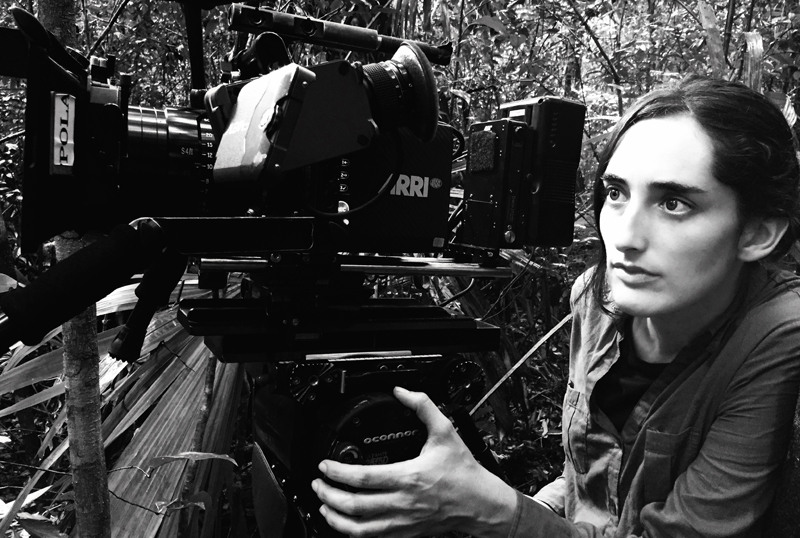Rags inside the house
- Sunday after Saturday and sun outside. The rain does not come bad to enter the movie theater, but when the blue sky comes out, it can be a big surprise. Or maybe the ideal time would be for the movie we've seen, because contrast is very hard, crying and sunlight. However, there have been films that have cultivated humor and made gestures to reach the public. However, getting that link is not always easy.

This morning the first screening of the film Ane, shot in the Errekaleor district. The feature film directed by David Pérez Sañudo competes in the section "New Directors", being the author's main opera. The argument is built on the relationship between a mother who works as a caregiver in the works of the TAV and a daughter who fights this type of projects. After some incidents in the neighborhood, the mother discovers that her daughter has disappeared, and begins the search with her husband, who is separated from her, and that of her daughter to find out her causes.
The film begins with a camera movement that seems to look for someone, with a careful travelling inside the house, that looks like we're going to see a play with few slow actions and events, filled with Stoic characters. History, however, follows the opposite course, and shows the character of a mother who is angry with the world and with whom she lives. I would say that between the two styles a great abyss is created, and that the film has not been able to link the two. The theme of the macro constructions is in the background, and acts only as a pretext for the mother-daughter relationship that is not understood; a relationship full of lies and mutual distrust has little development in history. However, the judgment of the confrontations between the two is left to the viewer and some nuances are offered to position themselves in it. In the end, however, we have the feeling that it has not changed much, that the subject can be thirsty.

The short film I don't sleep, by the director of Donostiarra Marina Palacio, competes in the Zabaltegi-Tabakalera section with a movie about vampires that aims to make the world of film known. Palacio Elias Querejeta studied at the Film School and it can be said that the film was created in the same field in which it was designed. The short film, which mixes fiction and documentary, will film a project between the uncle and his nephew, while both prepare a movie about vampires that will be screened at the Berlinale. The director's first work has been selected in this year's Kimuak section.
Palacio started at first from the desire to make a project to develop with her father, who wanted to write together and to make him also his main character. After many denials, he placed a condition on him: that he would do it if it was a vampire movie. In this way, a shoot has been developed that has lasted almost a year and a half and has had to choose from a wide variety of materials. The limits of fiction and documentary create a great curiosity in this work, as you don’t know exactly what the orders behind the cameras have been in each case, and how far the ones that are said and happening are decided. The fact that the family film initiates intimate relationships makes the coexistence that can be daily strange, but this achieves a good connection with what is being watched, because it is aware of what is happening as the process has been shown. The way of placing the characters in the landscape and the close-ups give a good account of what you want to tell each other in a magnificent filming device. The title makes a poetic nod to the vampire movies and is a vain phrase at once.
The day is over with the long An optical effect of Juan Cavestany. The work of Cavestany is a fantastic comedy starring Carmen Machi and Pepón Nieto, who reflects on the role of being a tourist. The protagonists of the film travel to New York on a journey in which they are warned that they are not where they want to be, according to some signs. In a city that never sleeps, with a jet lag, you'll have to deal with similar situations over and over again in that loop of time.

The movie that talks about the movie's mistakes will force the characters to start and finish their vacation by repeating the same conversations and actions that don't change shape. Each repetition will give a little more information about the totality of history, although concrete findings are not proposed. From the second repetition, the film will be extended in a result that could work in the idea but does not materialize in the matter. Although the interpretations are good, on many occasions the lack of script or the excess of dedication left by experimentation makes it impossible to find the right rhythm of the film. This search for the essence of the cinema that guides the author, the manipulation of the time he must make, reveals the device too clearly and presents it as a problem solved to an audience that has not much work left to do.





















